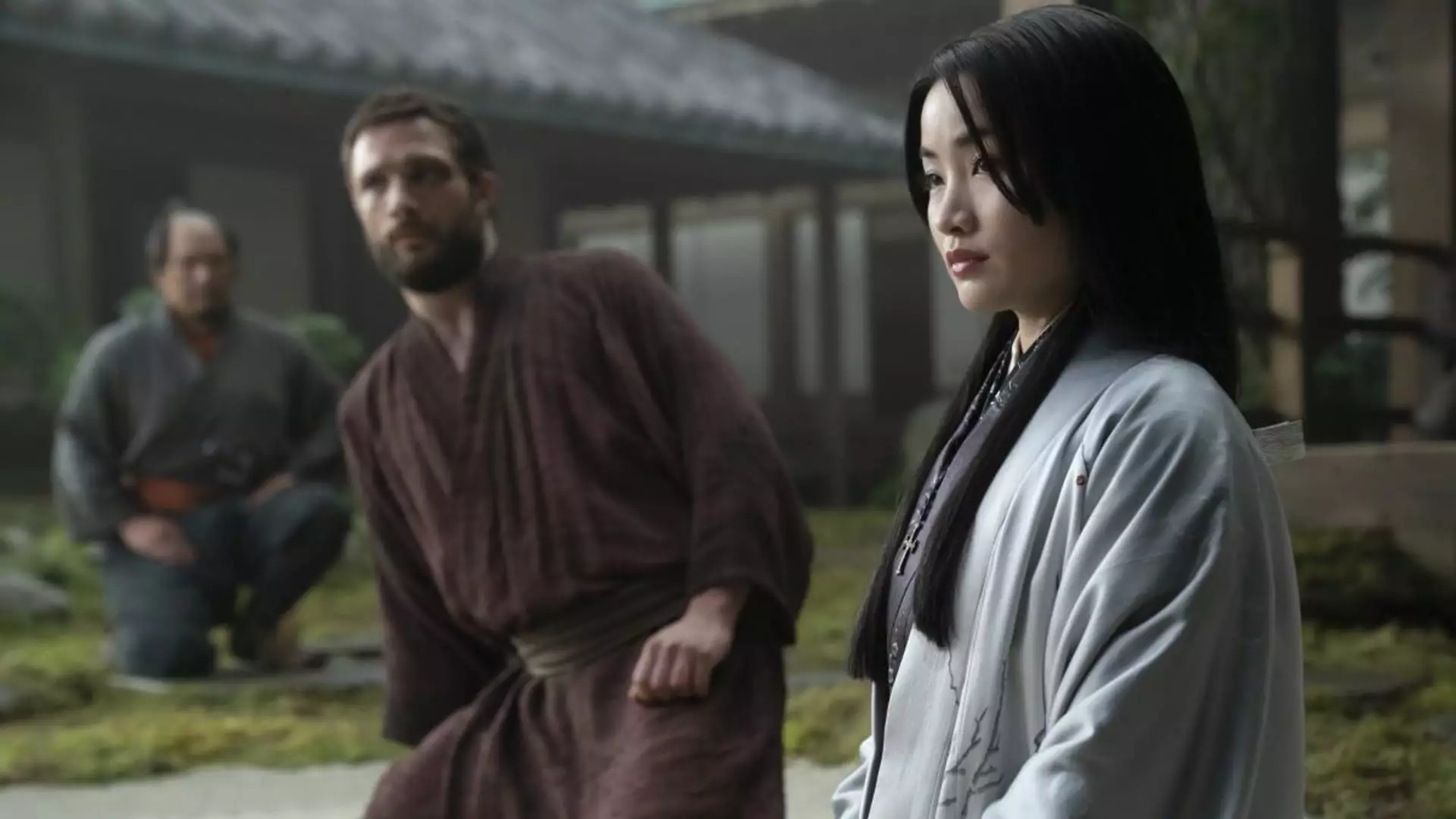In a world where traditional media faces relentless pressure from digital disruption, Disney’s approach to its TV networks segment is a case study in corporate resilience and strategic recalibration. The tumultuous landscape of cable networks raises critical questions about how legacy media giants like Disney can adapt to changing consumer preferences and market realities. This analysis dissects the current state of Disney’s traditional television business, drawing upon insights shared by key executives while also examining the broader implications for the media industry.
The complexities surrounding the separation of Disney’s TV networks are not merely operational; they are deeply embedded in the company’s financial framework. During a recent interview on CNBC, Disney’s CFO Hugh Johnston highlighted that the cost of divesting the TV assets outweighs the potential benefits. This admission comes at a time when the company is grappling with declining revenues and profits in its traditional TV division, which saw a 6% revenue decrease to $2.46 billion with profits plummeting 38% in the past quarter. Johnston’s analysis — having combed through reams of spreadsheets — suggests a commitment to maintaining the existing portfolio, which is crucial in a time where media companies are often pressured to streamline operations.
The traditional networks business, while burdened by subscriber losses — estimated at 4 million pay TV customers in the first half of the year — serves as a vital revenue stream for Disney. This acknowledgment displays a nuanced understanding of the realities of operating within the media industry. The operational complexities associated with splitting off TV networks are exacerbated by the need to preserve synergies that have historically benefited the brand. For instance, the traditional networks provide content crucial for brand-building and marketing, impacting not only revenue streams but also the way content is promoted across platforms.
The Role of Competition and Industry Trends
Disney is not alone in facing these challenges; industry counterparts like Comcast and Fox are also contemplating similar strategies. The comments from Fox Corp. CEO Lachlan Murdoch regarding the difficulties inherent in separating cable TV networks highlight a broader hesitance among media executives. Murdoch’s assertion that breaking apart cable networks is fraught with complexity resonates starkly with Disney’s situation. Such reflections point to a broader industry trend where major players grapple with the implications of shifting consumer behavior while balancing existing operational frameworks.
Additionally, the continued relevance of the pay TV bundle remains a contentious topic within the media. Warner Bros. Discovery CEO David Zaslav’s remarks during an earnings call reaffirm that traditional television is still a significant revenue-generating arm despite its struggles. This perspective dovetails with Disney’s recognition of the value within its traditional offerings, particularly in how they support the streaming ambitions that Iger emphasized during his recent appearances. This speaks to the consensus that, even amid declines, the traditional networks still play a crucial role in content creation and distribution for modern storytelling.
Bob Iger’s recent statements indicate a strategic focus on how Disney’s traditional TV assets can bolster its streaming platforms. Under Iger’s leadership, there has been an acknowledgment of the intertwining of traditional and digital realms of media consumption. His references to the acquisition of Fox’s assets as essential for enriching Disney’s content library in the streaming era reflect an understanding of how legacy media can successfully pivot to meet contemporary viewing habits.
This integration is not without challenges, as highlighted by activist investor Nelson Peltz’s criticism of last year’s Fox merger, suggesting that it had adverse effects on shareholder value. Nonetheless, Iger’s promotional efforts, which emphasize the collective achievements of Disney properties—exemplified by the 60 Emmy Awards it garnered—serves as a rebuttal to the detractors, framing traditional TV as both a foundation and springboard for modern content offerings.
As Disney navigates this complex crossroads of its television business, the contrasting dynamics of operational excellence and market pressures reflect an industry grappling with intense transformation. The challenge lies in balancing legacy operations while exploring potential innovations in new media. The cautious approach adopted by Disney and echoed across the industry underscores a collective acknowledgment that traditional television, while in decline, is far from obsolete. By harnessing the strengths of its established assets, Disney remains poised not just to survive but potentially thrive in an ever-evolving media landscape.

Leave a Reply